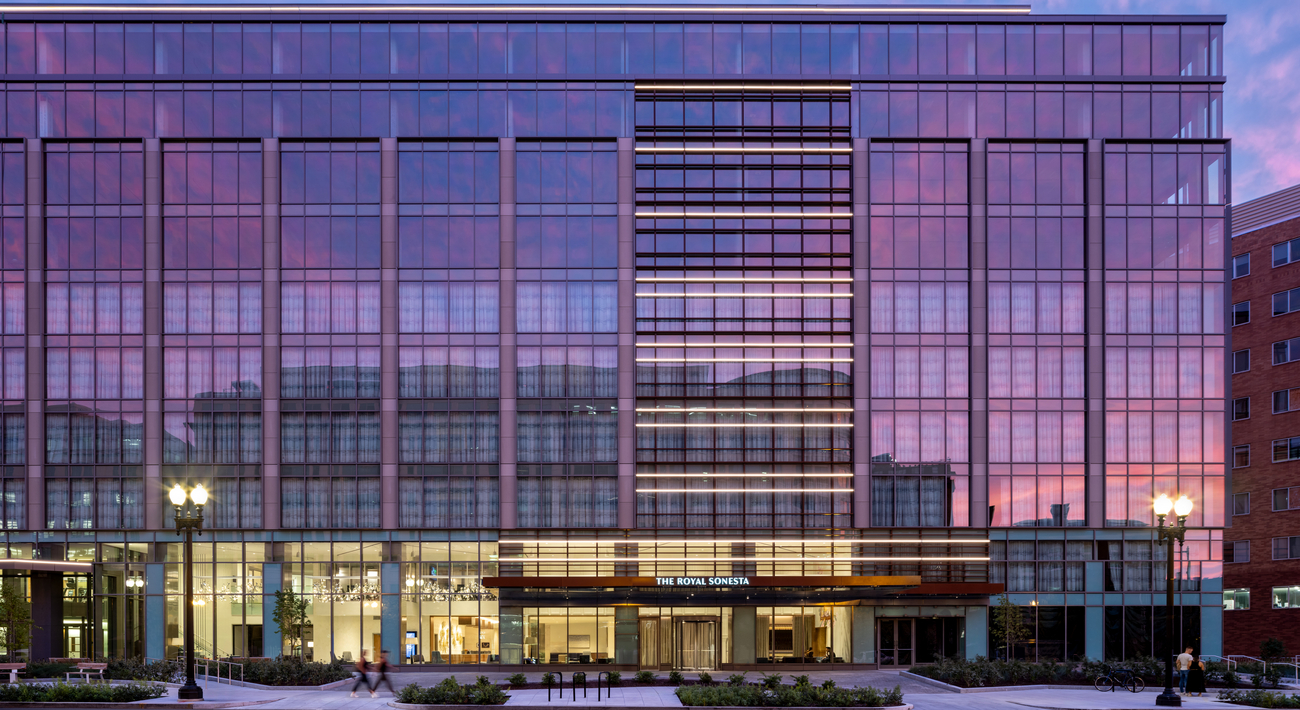
Decarbonization
We help clients explore, manage and reduce embodied and operational carbon emissions. While energy efficiency and clean energy are still important parts of the decarbonization conversation, there is more to consider and address as we work to enhance the built environment. Our experienced professionals provide, measure and evaluate a range of carbon–reducing and carbon-free options that align with project and operational goals.
DECARBONIZATION CASE STUDY | 20 Massachusetts Avenue | Washington, D.C.
Adaptive reuse on Capitol Hill
Repurposing an outdated office building brings a revitalized experience hub to Washington, D.C. at significant cost savings while keeping thousands of tons of carbon emissions and waste out of the environment.
metric tons of CO2e saved
tons of concrete saved
tons of steel saved
Responsible repositioning
Reducing embodied carbon through adaptive reuse achieves the social, economic, and environmental aims of 21st century architecture. This award-winning project is a comprehensive redevelopment of a former government office building into a vibrant mixed-use destination comprising of penthouse amenities, top office floors with dramatic views of the city, street level retail and a 271-key luxury Royal Sonesta brand hotel located steps away from Union Station.
The vibrancy of the public spaces, the mix of guests and local community at the street level restaurant, the completely booked conference spaces and Grand Ballroom for the 3+ years reflect urban renewal through thoughtful design.
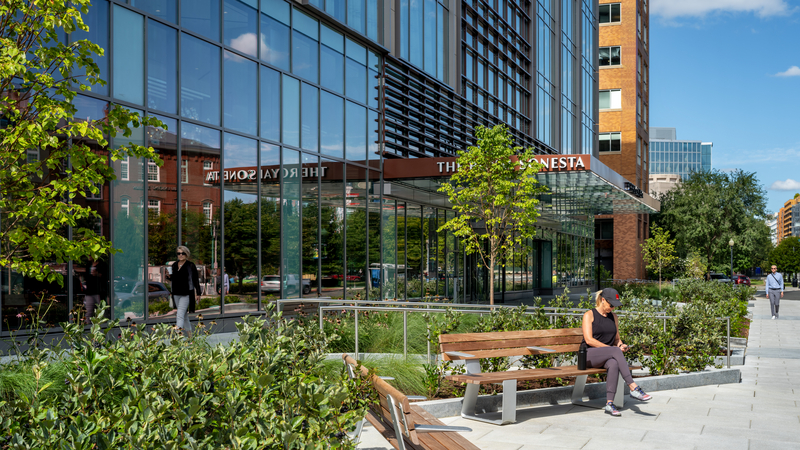
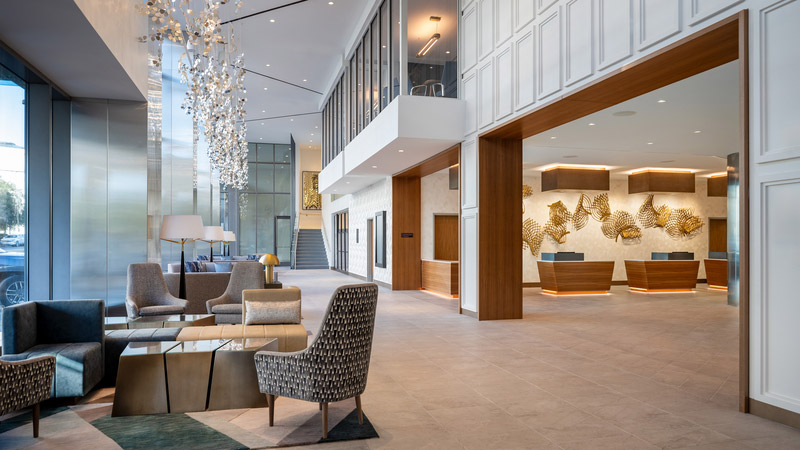
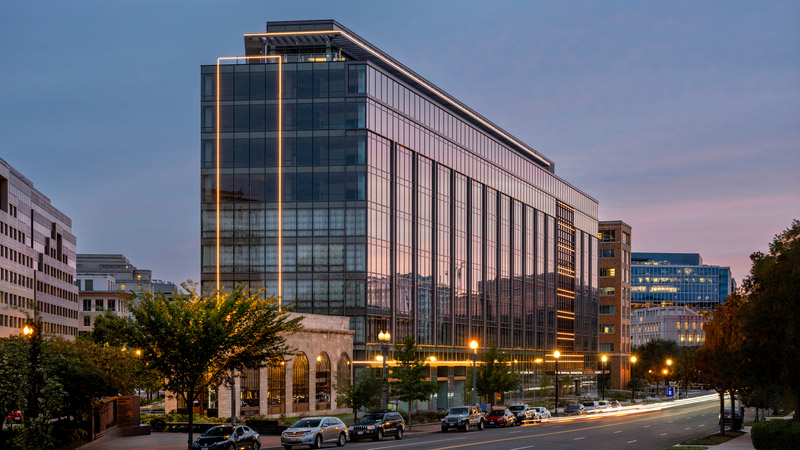
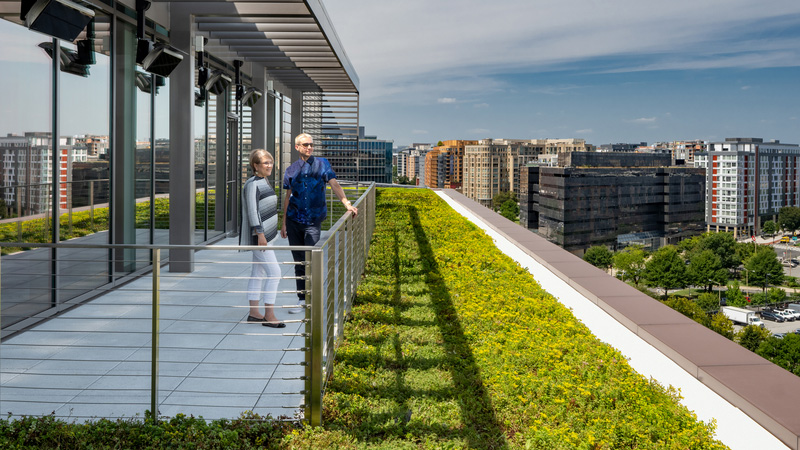
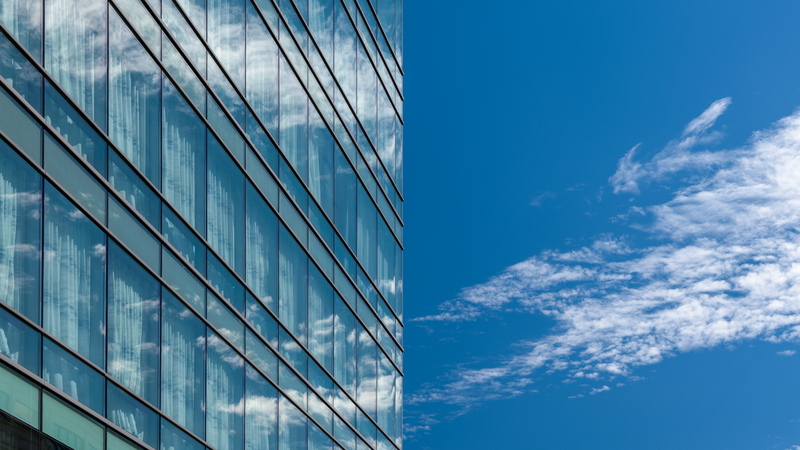
Sizeable savings
Use of field technology such as laser scanning of existing structure informed design and construction decisions, minimizing time consuming and expensive changes in the field. Building on the existing structure saved 6,905 metric tons of CO2e, which is equal to emissions from 1,488 cars in one year, or the carbon sequestered by 114,175 saplings over 10 years.
Curated components for the hotel proved off-site prefabrication to be a powerful option for quality, budget and schedule. Modular construction reduced hours on jobsite by 47,000, reduced waste by 50% and saved $500,000 in general conditions with the 10% schedule reduction.
Integrating efficiencies
Extensive modeling and analyses of the envelope, lighting and HVAC systems informed design decisions which maximized energy efficiency. Solar studies analyzed the behavior of sunlight inside and outside the building to reduce hotspots and glare potential. Interior window shading, textured terracotta panels and matte/opaque finishes are used strategically to combat unwanted solar effects and ensure occupant comfort.
High-performance glazing contributed to more than a 20% reduction in estimated energy consumption. To protect local waterways, a green roof passively captures rainwater using low-flow filters which reduce water consumption by 40%.
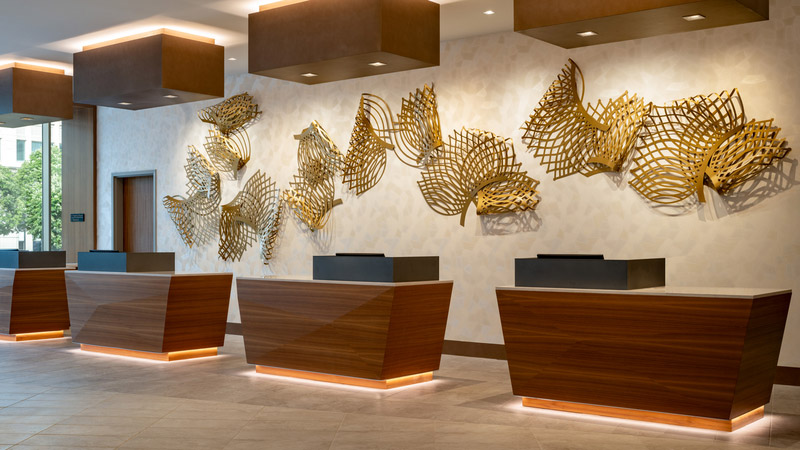

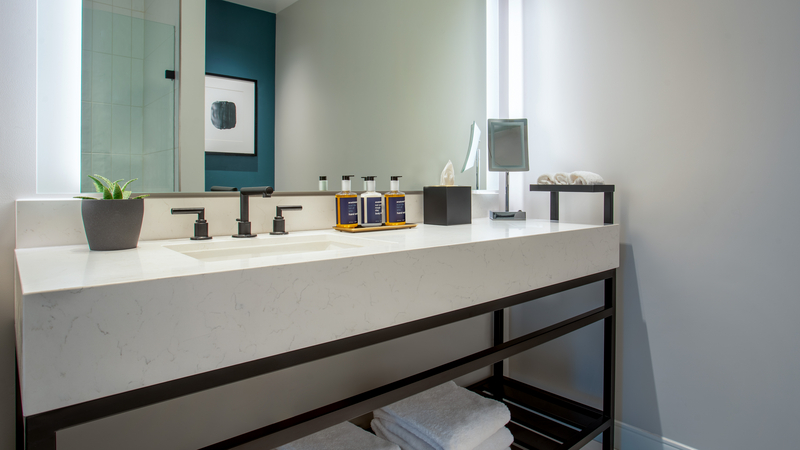
Our industry accounts for 40% of global carbon emissions.
It’s time to change that.
Within the last few years, the industry has recognized that designing buildings to operate more efficiently is not enough to keep global temperatures under the 1.5-degree threshold that scientists believe will enable us to avoid the most catastrophic consequences of climate change. We must also reduce embodied carbon, defined as the carbon emitted in association with the extraction, manufacturing and transport of building materials.
Embodied carbon is found in a variety of building materials but is most heavily concentrated in steel, concrete (specifically cement), aluminum and glass. Because of this, our short-term goals are focused on structural and envelope design, using life cycle assessments to help us understand the order of magnitude impact and lower impact alternatives, such as wood, bamboo, cork, and cement alternatives.
Our structural engineering practice evaluates options ranging from “low hanging fruit” strategies, specifications and substitutions to assessing opportunities for mass timber structures. In addition, we evaluate options to make changes to envelope designs as well as influence interior materials selections through the lens of embodied carbon reduction.
We have invested in life cycle cost analysis tools to measure design embodied carbon impacts and are dedicate to educating our clients on the value of prioritizing building reuse.

Jake Zach
Decarbonization SME
Jake Zach
Senior Structural Engineer
LEO A DALY’s 2024 Embodied Carbon Action Plan
Pillars of our Sustainability practice
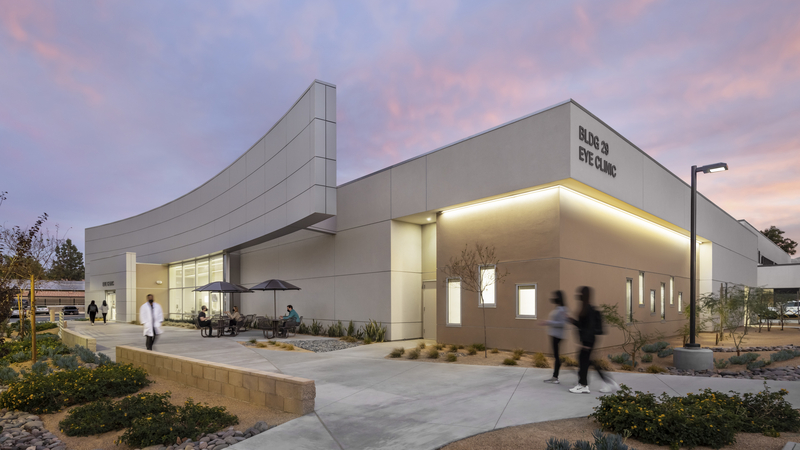
Sustainability

High performance design
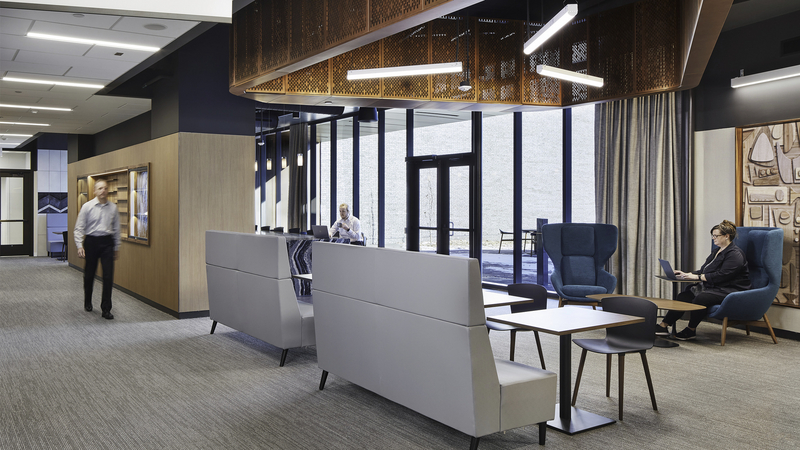
Responsible materials
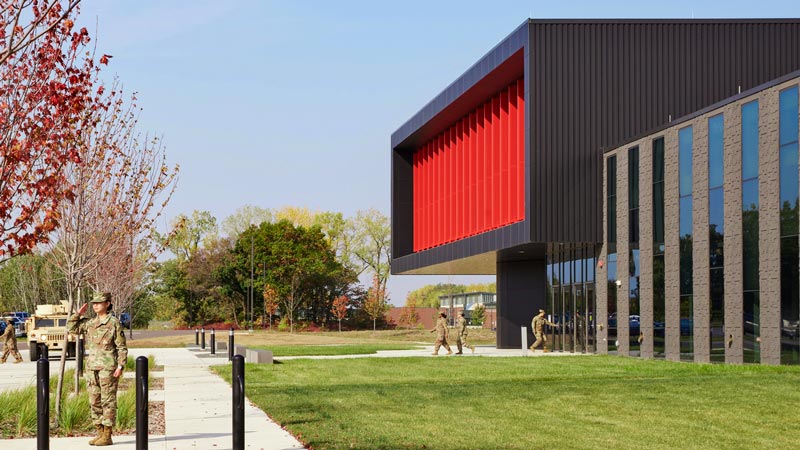
Wellbeing

